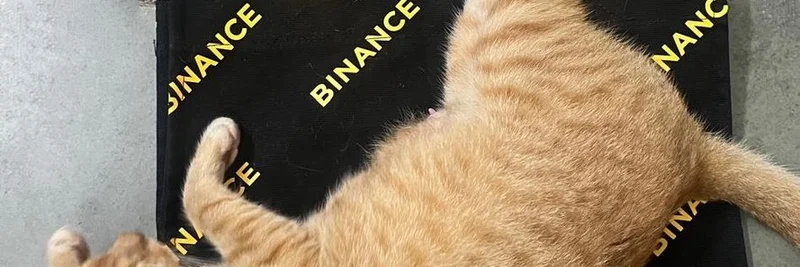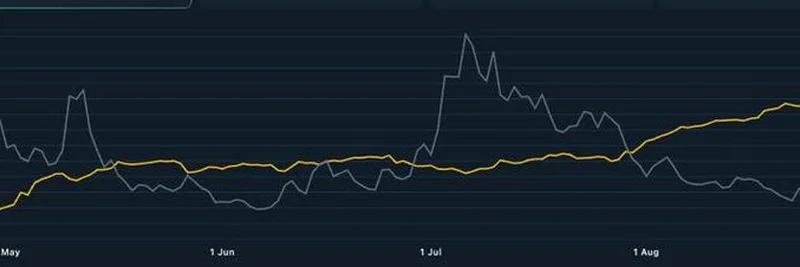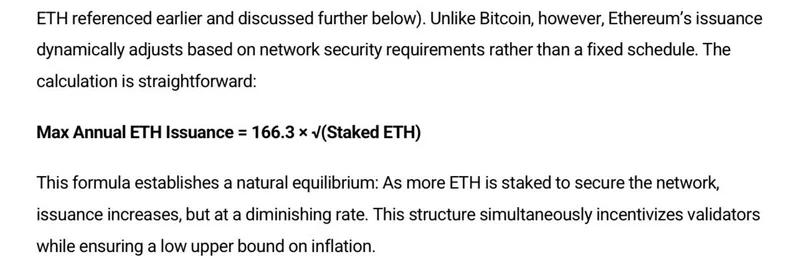In the fast-paced world of crypto, where innovation meets sarcasm, a recent tweet from Solana Legend has sparked some chuckles and thoughtful nods. If you're not caught up, Stripe—the fintech behemoth known for making online payments a breeze—has quietly been building a new layer-1 blockchain called Tempo. Partnering with crypto VC firm Paradigm, Tempo aims to be a high-performance, payments-focused chain that's compatible with Ethereum's coding language, the EVM (Ethereum Virtual Machine). But according to Solana Legend, there's a hilarious hitch in this plan.
Solana Legend, a prominent figure in the Solana ecosystem as co-founder of Frictionless Capital and MonkeDAO, posted: "The funniest part of the @stripe L1 announcement would be choosing EVM stack and 20 tps to power the world’s payments infrastructure. A lot of crypto is tech looking for a problem, painting the target around the arrow instead of building better products from first principles." (original tweet)
Let's break this down. First, what's TPS? It stands for transactions per second, a key metric for how many operations a blockchain can handle at once. Ethereum, the granddaddy of smart contract platforms, hovers around 15-30 TPS on its mainnet, which is why it's often criticized for being slow and expensive during peak times. Solana, on the other hand, boasts thousands of TPS—sometimes over 2,000 in real-world conditions—making it a favorite for high-speed applications like meme token trading.
Stripe's Tempo is positioned as "high-performance," but if it's EVM-compatible and sticking close to Ethereum's roots, that 20 TPS figure (which seems to be an estimation based on typical EVM chains) feels underwhelming for something meant to underpin global payments. Imagine trying to process Black Friday sales worldwide on a network that can only handle a couple dozen transactions every second—it's like using a bicycle to deliver packages for Amazon.
This critique ties into a broader point Solana Legend makes: too much of crypto is about retrofitting technology to problems rather than starting from what users actually need. In payments, speed and cost are king, which is why Solana has become a hub for meme tokens. These fun, community-driven assets thrive on rapid, cheap transactions—think pumping a token during a viral moment without waiting minutes or paying hefty fees. If Tempo sticks with low TPS, it might struggle to compete in niches like memes, where Solana reigns supreme.
The tweet didn't go unnoticed. Replies poured in, with @MemeCoin_Track chiming in, "Oh my, quick shift!"—perhaps alluding to how fast the narrative around Stripe's crypto ambitions is evolving. Another user, @Okapi_Token, added, "Yeah, 20 tps for global payments sounds… ambitious," dripping with sarcasm.
For meme token enthusiasts and blockchain builders, this highlights the ongoing debate between EVM ecosystems and alternatives like Solana. While EVM compatibility makes it easy to port over existing apps, it often comes at the cost of performance. Stripe's move, bolstered by acquisitions like stablecoin platform Bridge for $1.1 billion and crypto wallet Privy, shows they're serious about crypto. But will Tempo disrupt the payments landscape, or will it be another example of tech hype over practical utility?
As the crypto world watches, one thing's clear: building from first principles, as Solana Legend advocates, might be the key to real innovation. If you're into meme tokens, keep an eye on how chains like Solana continue to outpace the competition in speed and scalability. What do you think—will Tempo tempo up, or fizzle out?




